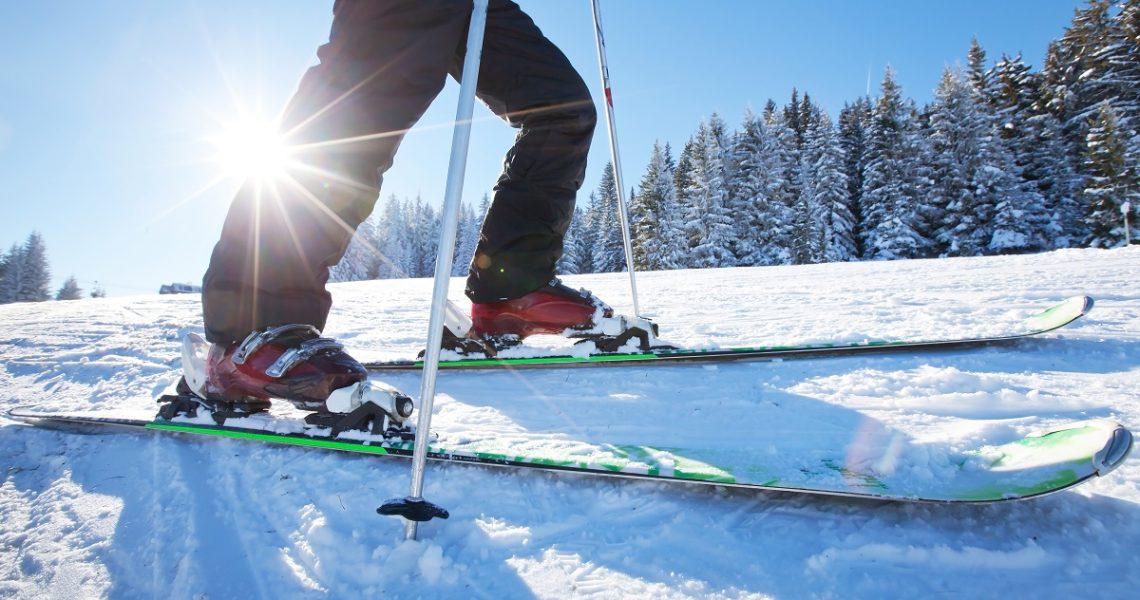As the saying goes, practice makes perfect. And it is with numerous hours of training that athletes perfect their form and technique and perform well in their chosen sport.
In the past, trainers have to watch closely and write down notes that will be the basis of the athletes’ training. They also film their athletes during practice to find areas of improvement and help these athletes become the best of the best.
But in recent years, technology has allowed people in the sports industry to do more than just simply record and observe athletes during training. With the technology available now, athletes and their trainers can do so much more.
Tracking Performance
Sensors are widely used in sports. They can be embedded in smart devices to track different metrics of an athlete, such as their heart rate, temperature, sweat, and many others. The most common device with sensors used by everyone is a smartwatch, which can collect a person’s vital information.
But there are special devices with sensors that athletes use. For example, baseball players use vision sensors, which are attached to several areas in their playing field. Professional skiers can place sensors in the insoles of their favorite Nordica ski shoes to track their performance.
The data collected from the sensors can be analyzed to help athletes identify issues in their current performance and how they can be addressed. For example, during training, a basketball player can use accelerometers. They collect information about the player’s speed and motion. This information will then be analyzed to help the player identify weaknesses in their play.
More Immersive Training Experience
Virtual reality (VR) is the king of immersion. And this technology isn’t just good for video games and other forms of entertainment. It can also be used to make sports training more immersive and, therefore, more effective. In fact, many NFL and NCAA teams use virtual reality during training.
Through VR, athletes can enter a realistic simulated game in a safe environment. Entering simulations several times will train an athlete’s focus and response time. The simulations will also help them develop better strategies that they can apply in actual games.
Also, through VR, a simulation can be as realistic as it can be. For physical sports such as football and basketball, VR allows athletes to train without any risk of physical injury. This technology can also help athletes address their performance anxiety through repetition.
Improving Movements

Movement tracking can also be used by athletes during their training. It involves several devices linked together to study athletes’ movements: 2D and 3D cameras, smart clothing, and tracking software.
Analyzing an athlete’s movements will help improve their performance in sports competitions. For example, motion trackers can help the athlete identify if their posture is correct. The trackers will also show issues with the athlete’s movements so that they can correct them and prevent injury during play.
One example of a sport that needs motion tracking is figure skating. It involves intricate movements and choreography. Motion tracking devices can be used to capture a skater’s movements. The data will be examined on a software to analyze how these movements can be changed and manipulated to perfect a jump or a spin.
Preventing Injuries
One purpose of training is for an athlete to improve their body coordination to perfect their play and avoid getting injuries. Practicing repeatedly improves the athlete’s muscle memory so that their body will know what to do in a particular situation.
Many forms of tech are available to help athletes prevent injury during training and play. For example, there are sports injury prevention apps. Usually, these apps demonstrate how to execute certain movements or poses so that users will know how to do them properly. One study looked at several injury prevention apps specifically for running. And researchers found that these apps deliver their promise and are backed by literature.
Athletes can also wear smart clothing, such as shoes with built-in trackers and clothes with sensors. These articles transmit information to a computer or a mobile app and will help athletes understand how they move and make adjustments for optimal performance and to avoid getting hurt.
The use of technology in sports training can revolutionize the sports industry. The devices currently available, such as sensors, VR, and trackers, already provide a lot of assistance to athletes, coaches, and sports scientists. And with the continuous improvement of these devices and the development of new ones, it’s interesting to see how the sports industry will evolve in the future.

